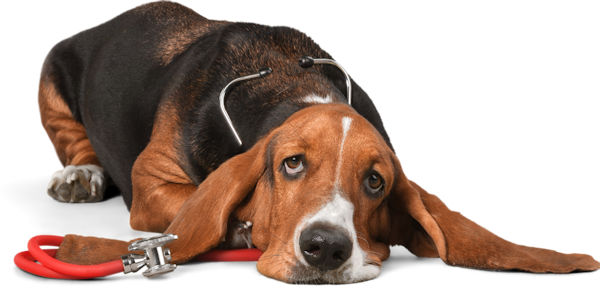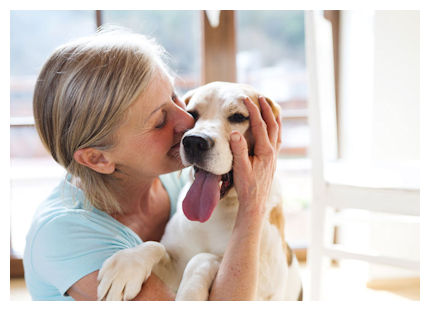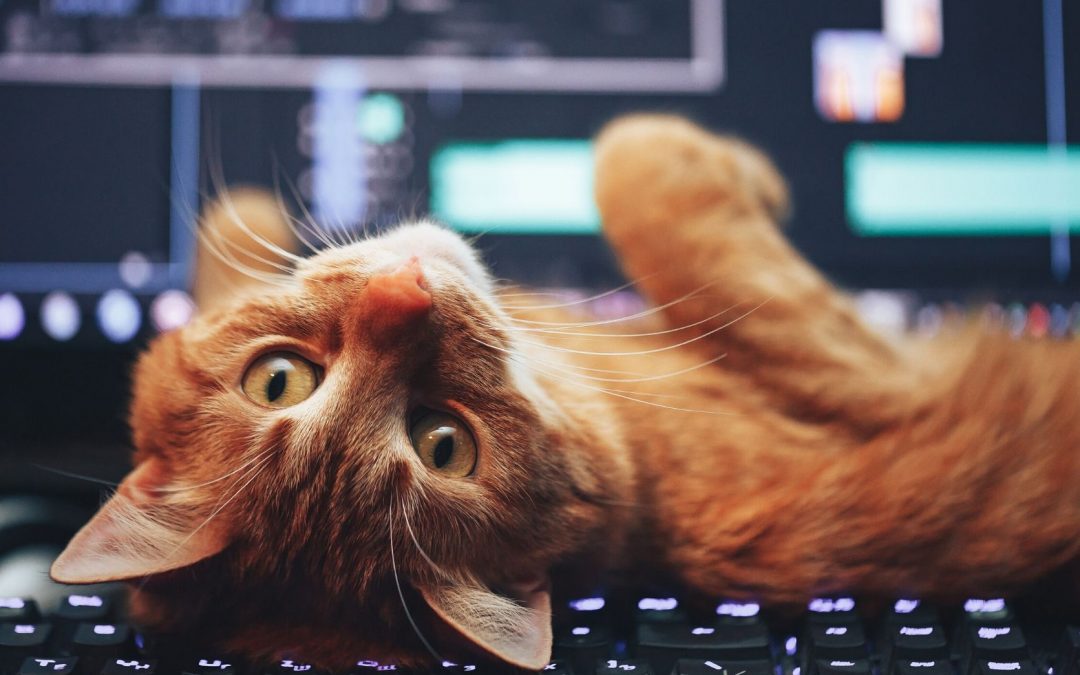
by Bellevue Veterinary Hospital | Apr 15, 2021 | news
- Bellevue Veterinary Hospital is fully functioning, but the building is closed to the public, during the COVID-19 pandemic. We are offering curbside service, and we request the use of face masks, even though we’re meeting you outdoors. We will be communicating with you outside (in the parking area) or on the phone, and then we’ll bring your pet into the hospital to proceed with care while you wait outside.
If you need to come to the clinic:
- Please call our reception desk 250-248-2031 from the parking lot and we will proceed from there.
- All cats must be in a carrier of some kind. Please do not remove them from this carrier in the parking lot!
- All dogs must be on a leash and be capable of having us take them into the clinic without you at this time.
- Some very nervous pets may need sedation for us to examine them without you. Sometimes this can be set up for you, ahead of time, before bringing the pet. We can discuss this option is you feel it might be necessary.
Bellevue’s Online Store may help with social distancing and convenience. After registering, you can browse and order pet food and non-prescription products (not medications) any time of day or night. Items can later be delivered to the clinic for you to pick up, or they can be delivered to your door (for a $10 fee).
In order to minimise contact at this time, we are continuing to offer telemedicine. We can consult and prescribe at a distance, when possible. Phone 250-248-2031 to enquire. (Sometimes emailed photos or videos are helpful to us, so keep this in mind. Some discussions may be done with video conferencing.)
Please alert us, before arriving, if you are experiencing any symptoms of illness within the last 10 days (coughing, weakness, fever, GI upset) or have had direct contact with someone who has had these symptoms or someone diagnosed with COVID-19.
Thank you so much for your patience during this time…. Please stay safe and healthy!

by Bellevue Veterinary Hospital | Sep 15, 2020 | news
- Each patient in our care for a general anesthesia will be sedated first. This is a simple injection, similar to getting a vaccination. Most pets do not react to this small needle.
- Once they are sedated (just peaceful and calm), we will place an IV catheter (usually in a front or back leg) and tape that into place.
- Then a slow IV drip maintains this IV port for easy delivery of IV medications and fluids when needed.
- Patients are placed on heated water beds during the procedure (and later also in recovery) to keep them warm.
- “Anesthetic induction” refers to the next step, the administration of an IV drug that puts them into an unconscious state.
- When the patient is unconscious, an endotracheal tube is placed into the trachea (the windpipe)
- Anesthetic gas and oxygen is delivered from the anesthetic machine into the patient through the endotracheal tube. The amount of anesthetic gas is adjusted moment by moment, depending on the patient’s anesthetic depth and various parameters being monitored.
Several monitoring tools are used to assess the patient during the full length of the procedure.
These include:
- capnography = measuring carbon dioxide levels to help assess respiration (breathing)
- blood pressure monitoring
- pulse oximetry = indirect monitor for oxygen levels in the bloodstream
- esophageal thermometer readings = for monitoring body temperature
- ECG, if needed, will monitor the heart muscle’s conductivity and rhythm.
- Also, of course, basic monitoring of the patient’s anesthetic depth and vital signs are charted throughout.
- Local anesthetics and/or pain medications are administered to decrease the amount of anesthesia required, and these also help to produce a more comfortable recovery.
We are very focused on the quality of care your pet receives during anesthesia, recovery, and all their procedures and interactions in our hospital.

by Bellevue Veterinary Hospital | Sep 2, 2020 | news
“My dog’s ears are red, itchy, painful and smelly!” (or maybe just one of these)
Ear canal inflammation is one of the most common issues that veterinarians see. What do we mean by “inflammation”? The word, inflammation, refers to a state of being red, swollen, hot and sore.
When the dog’s ear canal is inflamed, it is commonly in response to an allergy. Inflammation breaks down the normal skin composition, which is otherwise a good barrier to infection. Once the ear is inflamed, it is a poor barrier and allows infections by yeast and/or bacteria. (These critters normally live on the skin in low numbers and usually don’t cause problems). But when this skin is inflamed, it’s hot and moist and a great place for bacteria and yeast, who then take this opportunity to thrive and cause further inflammation & discomfort.
So, really, allergies cause inflammation and inflammation sets up the conditions for infection.
Now, finding out what the dog is allergic to is difficult. Sometimes it’s just a passing thing or the dog grows out of it. Sometimes it’s a dietary ingredient that can be avoided and this may help decrease the likelihood of recurrence. Food allergy may be involved in 20-30% of cases. (Talk to the vet about how to decide if food is a culprit.) But switching the dog’s food is not a treatment for the present condition if the ear is red/sore/infected right now. Usually, the current discomfort needs medication. The remaining 70-80% of cases are likely environmental allergies, and some of those are seasonal.
Ears are usually treated with TOPICAL medication which is placed directly into the ear and onto the affected skin. Topical medications have a very low likelihood of having side effects (much lower than medications taken into the body by mouth or by injection.)
In those dogs that have frequent recurring ear problems, it is worth talking to your vet about hypoallergenic diets AND/OR using a maintenance ear solution with a corticosteroid that keeps inflammation down. The anti-inflammatory ear solution can be very helpful to keep the ear comfortable in those patients who get inflamed again every time we stop medications …
Frequently asked questions:
What about ear cleansers? Ear cleansers (designed for dogs’ ears) are fine, but won’t get rid of inflammation or an infection. And if the dog continues with an ongoing yeast infection, he/she will continue to produce that dirty looking brown/black wax. It’s not dirt. So a cleanser won’t solve it.
Can we use vinegar & water to get rid of yeast infections? Sure, a 50:50 solution of vinegar and water can be used in a dog’s ear and it will change the pH to discourage some of the yeast growth, but the ear will continue to be sore and inflamed. The vinegar and water won’t get rid of the inflammation, and the reason it has started in the first place. (allergy, usually).
Does swimming cause ear infections? No, water in the ear does not cause infections or inflammation. It’s possible some dogs, who already had a bit of a problem, could be worsened a bit by having a lot of moisture added to the ear.
Is it contagious? Most ear infections are not contagious. (Ear mites are the exception but are quite rare in dogs. They only get ear mites from lying very still, for long periods of time, with another animal who has these mites. These are more common in kittens, who usually get them from their mothers during their first weeks of life.)
Is it because the ears are long and floppy? The conformation or shape of the ear does not seem to truly influence whether a dog will get ear infections. However, again, if they are already prone to problems, then maybe the floppy, heavy ears might have a harder time due to extra moisture being trapped in the ear canal.
What about the dog who doesn’t respond to treatment?! – These cases are frustrating. They are not common, but some cases are resistant to usual treatments, and others might reoccur very quickly. These special cases need extra attention, long term care, or even surgery.

by Bellevue Veterinary Hospital | Aug 15, 2020 | news
Stress Cystitis in Cats: Urine Trouble
One of the more frustrating reasons that brings our feline friends to the vet is a condition known as Feline Interstitial Cystitis (FIC for short). The word, “cystitis” means inflammation of the bladder. This common condition presents itself with signs of straining to urinate, urinating small amounts, urinating in inappropriate places like the bathroom sink or the laundry basket, and having bloody urine.
There can be multiple reasons for a kitty to display these signs; and check out our previous blog post on FLUTD for possible medical causes such as Urinary Stones and Urinary Tract Infections. Once these other causes are ruled out; we come to a conclusion of Stress Cystitis or FIC.
Interestingly, this condition in cats mirrors a similar condition in people; also known as Interstitial Cystitis, where the lining of the bladder and urinary tract become inflamed and urination is painful. The cause of this condition in cats and people is still not completely understood but seems to be related to an inappropriate stress response.
When cats with this condition are studied, we find that they have elevated levels of “catecholamines” or the stress mediators in the body that drive the “fight or flight” response. They have over-reactive reflexes and increased responses to stress in the body.
Many cats will also show other signs of stress:
-Over-grooming
-Digestive troubles
-Decreased activity levels and more hiding behaviours
-More aggression and destructive behaviours
One of the main ways that we can intervene to help treat this condition is by doing our best to reduce stress. We can do this by making one or two changes at a time to a cat’s home environment:
-Add another litterbox. We recommend at least 1 litterbox per cat in the household, and 1 additional litterbox
-Make sure litterboxes are somewhere easily accessible, private and out of sight in a quiet location
-Offer a canned food diet
-Increase human interaction – add more playtime into the day
-Scoop litterboxes twice daily, and change entire litter weekly
-Try an unscented and clumping litter
-Offer more perches and cat-trees and covered resting spaces
-Consider chaperoned visits to the outdoors, or enclosed patio spaces
-Ensure each cat in the household has its own food and water dish that is cleaned regularly and can eat without being disturbed
-Leave some music or TV on when cats are home alone
-Add in more toys, scratching posts and cat-grasses
More information for helping create a feline-friendly environment can be found at the Indoor Cat Initiative website (www.indoorcat.org).





Recent Comments